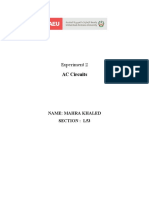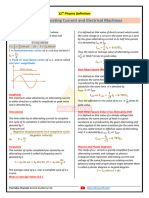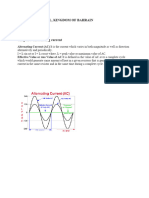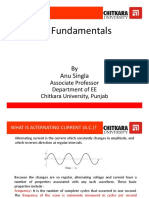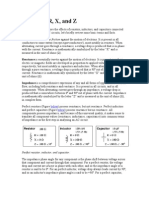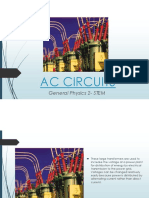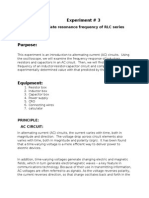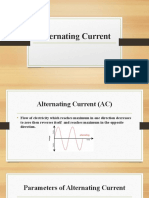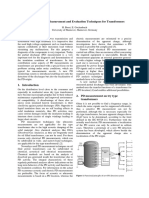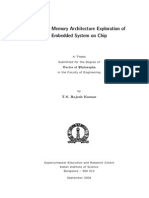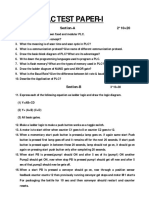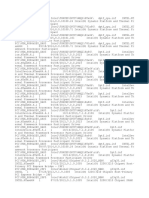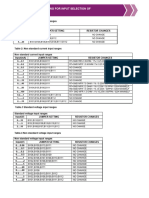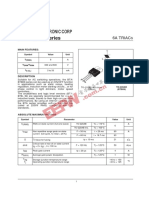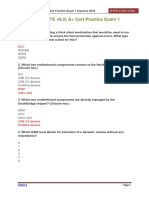0% found this document useful (0 votes)
33 views7 pagesAlternating Current Circuits
This document provides a comprehensive guide to Alternating Current (AC) circuits, explaining their fundamental principles, measurement techniques, and key concepts such as reactance and impedance. It highlights the importance of AC in modern electrical systems, detailing series RLC circuits and the phenomenon of resonance, which maximizes current at a specific frequency. Additionally, it lists various applications of AC circuits in everyday technology and industrial systems.
Uploaded by
vijayamala369Copyright
© © All Rights Reserved
We take content rights seriously. If you suspect this is your content, claim it here.
Available Formats
Download as PDF, TXT or read online on Scribd
0% found this document useful (0 votes)
33 views7 pagesAlternating Current Circuits
This document provides a comprehensive guide to Alternating Current (AC) circuits, explaining their fundamental principles, measurement techniques, and key concepts such as reactance and impedance. It highlights the importance of AC in modern electrical systems, detailing series RLC circuits and the phenomenon of resonance, which maximizes current at a specific frequency. Additionally, it lists various applications of AC circuits in everyday technology and industrial systems.
Uploaded by
vijayamala369Copyright
© © All Rights Reserved
We take content rights seriously. If you suspect this is your content, claim it here.
Available Formats
Download as PDF, TXT or read online on Scribd
/ 7










